Assessing the Blue Jays' offseason plan and execution
Back in 2016, Toronto Blue Jays president Mark Shapiro was asked about the worst baseball decision he ever made.
His answer took him back to 2001, his first year as general manager in Cleveland.
His team at the time, like the Blue Jays now, was nearing the end of a competitive window, and he made a major trade shortly after taking over baseball operations, sending star second baseman Roberto Alomar to the Mets in an eight-player deal.
Shapiro said the problem was that he did not pick a direction. He tried to win and rebuild at the same time. The five-player return from the Mets included established major leaguer Matt Lawton and prospects headlined by Álex Escobar.
"Had we been more firmly committed in one direction - either contending or rebuilding - we would have made a trade that netted a better return," Shapiro said. "We learned from that experience and adjusted to make better trades."
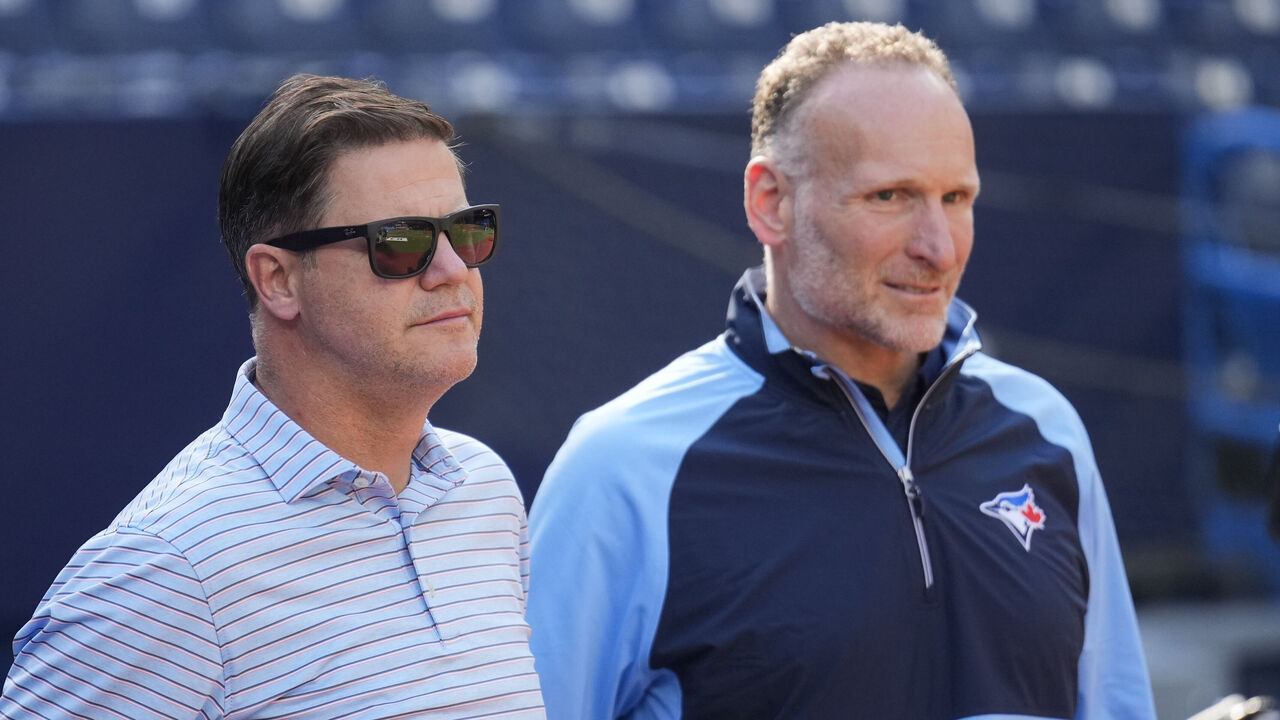
When the Blue Jays' full squad workouts begin Tuesday in Dunedin, Florida, the book will mostly be closed on the offseason (though some transactions trickle into March), meaning we can now assess the Blue Jays’ critical winter.
At the very least, they committed to a direction. Shapiro and GM Ross Atkins learned from history. There was not one foot in a rebuilding bucket and the other in a win-now stance.
If the leadership group was confident in its job security, it could have chosen to begin a rebuild and trade cornerstone players like Vladimir Guerrero Jr. and Bo Bichette. As painful and patience-testing as that path may be, one could argue it would be a healthier long-term plan. Baseball America ranks the Jays’ farm system 23rd in the sport.
They chose a different path, of course. They chose to try to compete again in 2025.
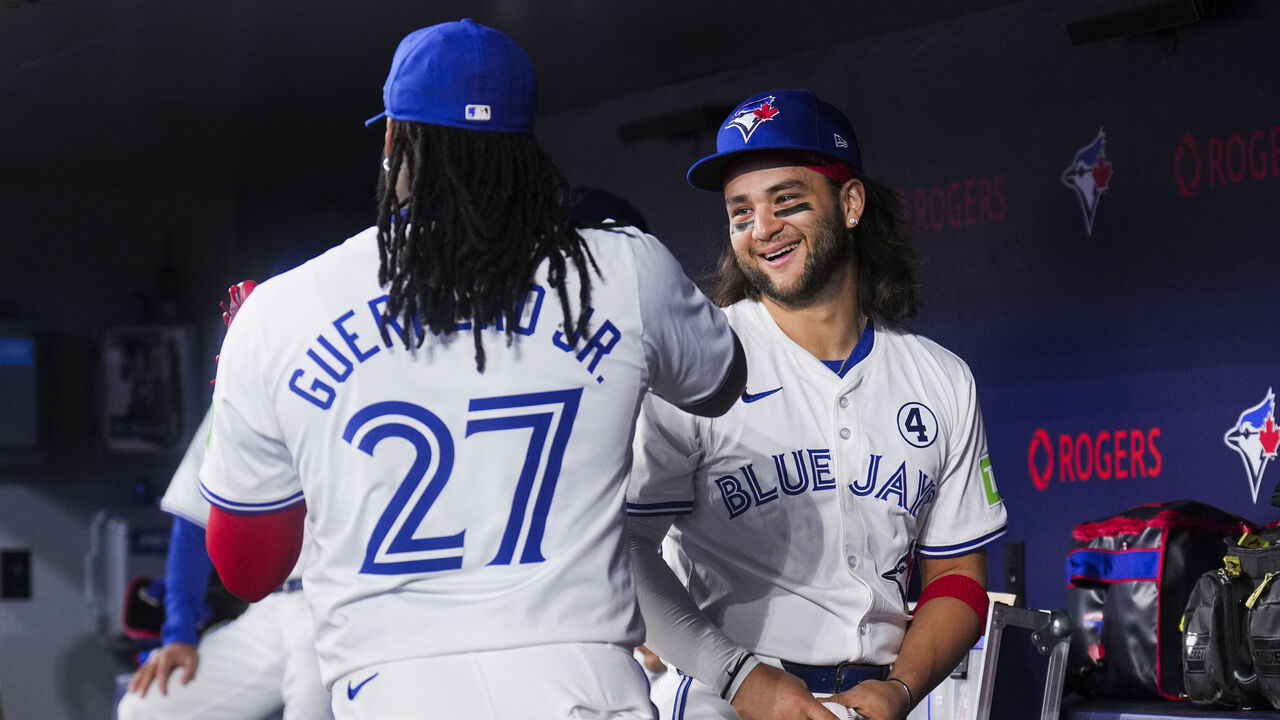
How well did they execute the approach? Pretty well it turns out, even if they got off to a bumpy start.
Plan A - securing an offseason prize like Juan Soto or Roki Sasaki - did not work out. But unlike a year ago, when the Blue Jays were snubbed by Shohei Ohtani, they were aggressive and creative about their Plan B. While they didn't land a secondary superstar, they did well in targeting and acquiring players in the tiers below the elites.
The bullpen
The Blue Jays ranked 30th in the majors in bullpen fWAR (minus-2.5) last season and 29th in bullpen ERA (4.82). Only the Rockies posted a worse ERA from their relief group. The Jays also received 23 wins from relievers, more than only the lowly White Sox.
Knowing all this, the Jays' offseason began by signing Yimi García, a quality reliever who they missed after he was traded to Seattle at the deadline for prospects Jonatan Clase and Jacob Sharp.
The Jays later handed a multi-year contract to Jeff Hoffman, who was arguably the top right-handed reliever available in free agency.
Assuming Hoffman's medicals are not a major issue - a big assumption as the Orioles and Braves reduced their offers to Hoffman after reviewing them - the Blue Jays have found a replacement for Jordan Romano, who missed much of last season because of injury.
Hoffman's mix and command are of such quality that some teams were looking at him as a starting pitcher. He posted back-to-back seasons of sub-1.00 WHIP and an elite 27 K-BB% ratio last year.
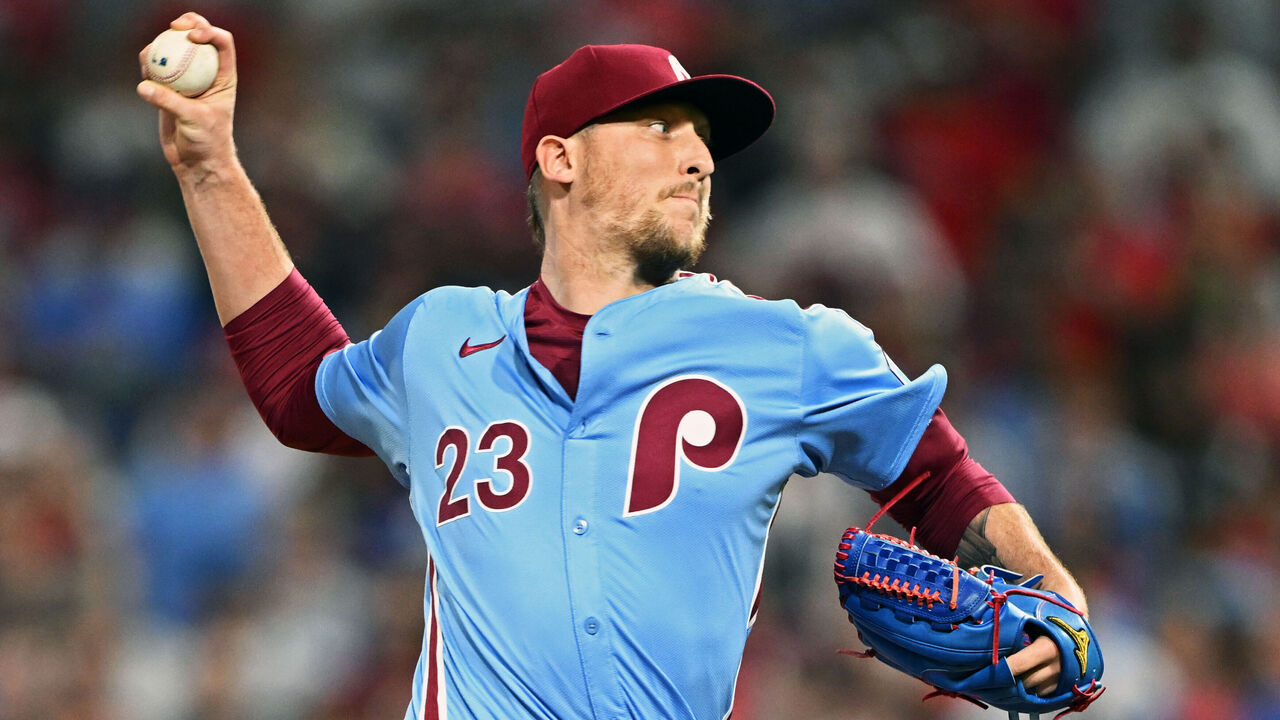
García and Hoffman reinforce a bullpen that should also enjoy some internal improvement. Setup man Erik Swanson was much better in the second half of last season after the health of his son, who was hit by a car and in the ICU last spring training, was resolved. A return to form would be akin to another major addition.
A platinum find
While the Blue Jays didn't land Soto in free agency, they did add second baseman Andrés Giménez.
Giménez is already an elite defensive player. He won the Platinum Glove in 2023 - awarded to the game's best overall defender regardless of position - and the American League Gold Glove at second base the last three seasons. He led all major leaguers in that span in defensive runs saved (59).
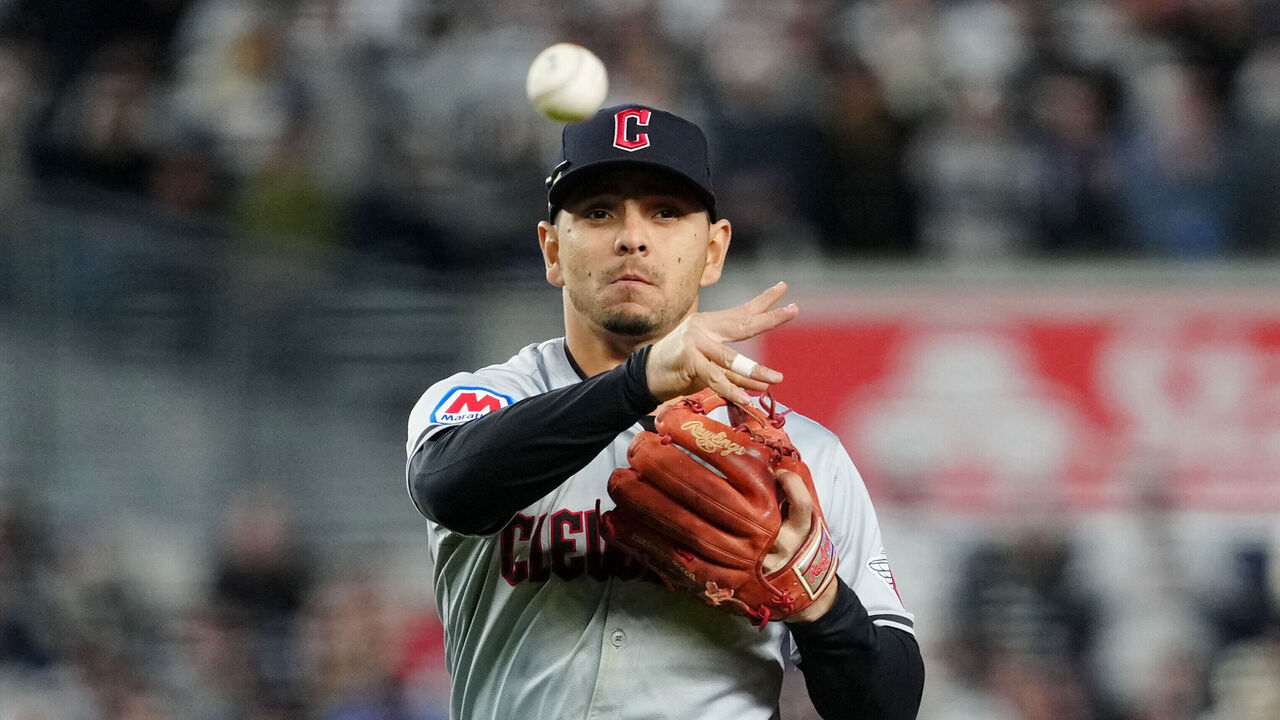
Even with muted offensive production the last two seasons for Cleveland, he posted 3.8 and 2.8 fWAR, meaning he was well above average.
But there's an offensive upside for Toronto if his bat returns to his 2022 level of performance (.297/.371/.466 with a 141 wRC+). That 6-WAR season earned him a lucrative contract extension (seven years, $106 million) from the Guardians.
He can also move to shortstop, his natural position, if Bichette leaves in free agency next year.
The budget-minded Guardians traded Giménez in part to free themselves of his contract and in part because they feared what a third straight down offensive season might mean for his trade value, a source explained. Cleveland also selected a college second baseman, Travis Bazzana, with the first overall pick in the draft in June. The franchise has a surplus of players who can be traded.
The cost of the trade for the Jays - Spencer Horwitz and a player from Class A - is a win for Toronto. It swapped a platoon player for an up-the-middle everyday regular.
Powering up
Giménez was an opportunistic add, but Anthony Santander fit a need.
In the previous two offseasons, the Blue Jays swapped bat-first players for glove-first players. The trade-off has not worked out.
To succeed in the AL East and the postseason, teams need power. The Jays' recent run-differential trend is tied to a power outage.
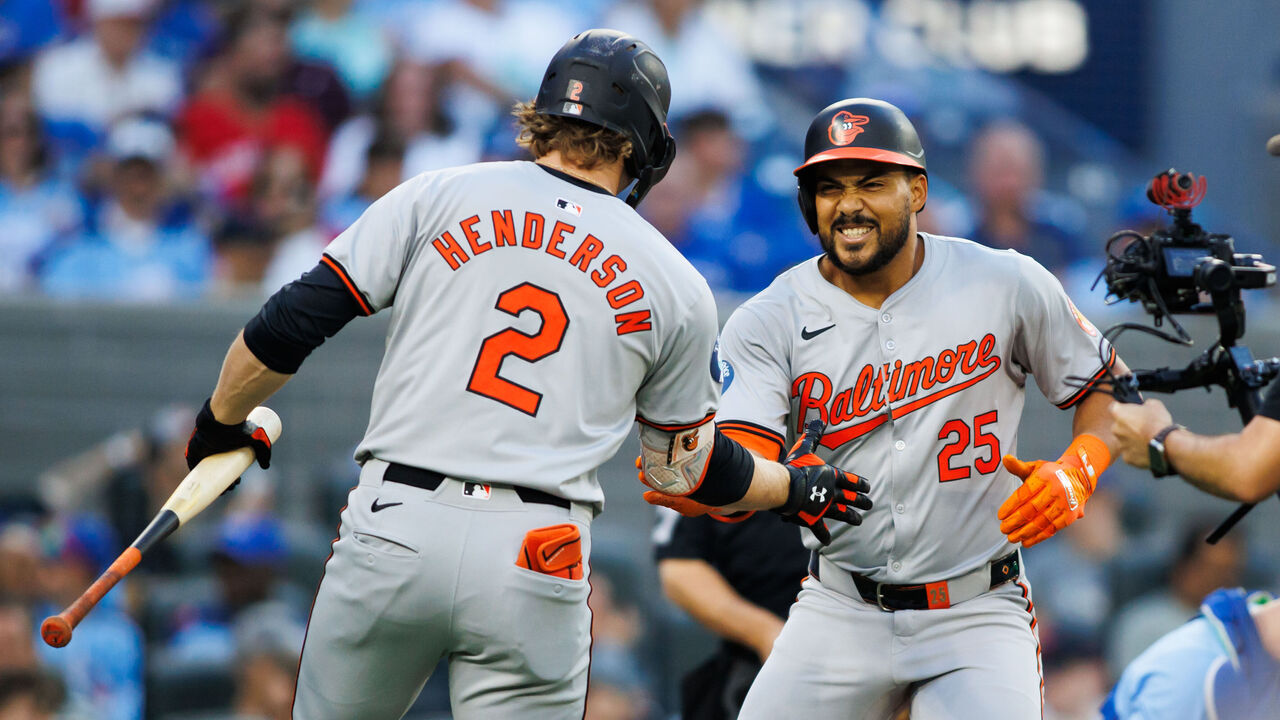
Home runs become even more important when a team is fortunate enough to reach the postseason. It's more difficult to string hits together as strikeouts and pitching quality increase.
The Santander signing, which we proposed back in September, fits the power need for the Blue Jays better than anyone who was available outside of Soto.
Santander hit 44 home runs last season and is averaging 34 per year since his 2022 breakout. His wRC+ has been remarkably consistent - between 119 and 130 - since 2022. The projection systems believe he's good for another 30-plus homer season in 2025 and 120-130 wRC+.
He's also one of the best hitters at pulling the ball in the air, a sticky skill that should help him remain a power source throughout his five-year contract. He trailed only Cleveland’s José Ramírez in pulled fly balls hit last season (258).
While there are concerns about giving a one-dimensional slugger a long-term deal at $14 million per year, a portion of which is deferred, the contract won't become an extreme albatross even if Santander declines midway through the contract.
Hidden value
It might not seem like there's an upside regarding a 40-year-old pitcher who's coming off an injury-shortened 2024, but Max Scherzer is another year removed from back surgery, had a normal offseason, and impressed scouts at his workout last month.
He wasn't at the peak of his powers when he was on the mound last year, but he remained an above-average pitcher on a per-inning basis (3.95 ERA and a 17 K-BB%). He even logged his best Command+ grade in five years.
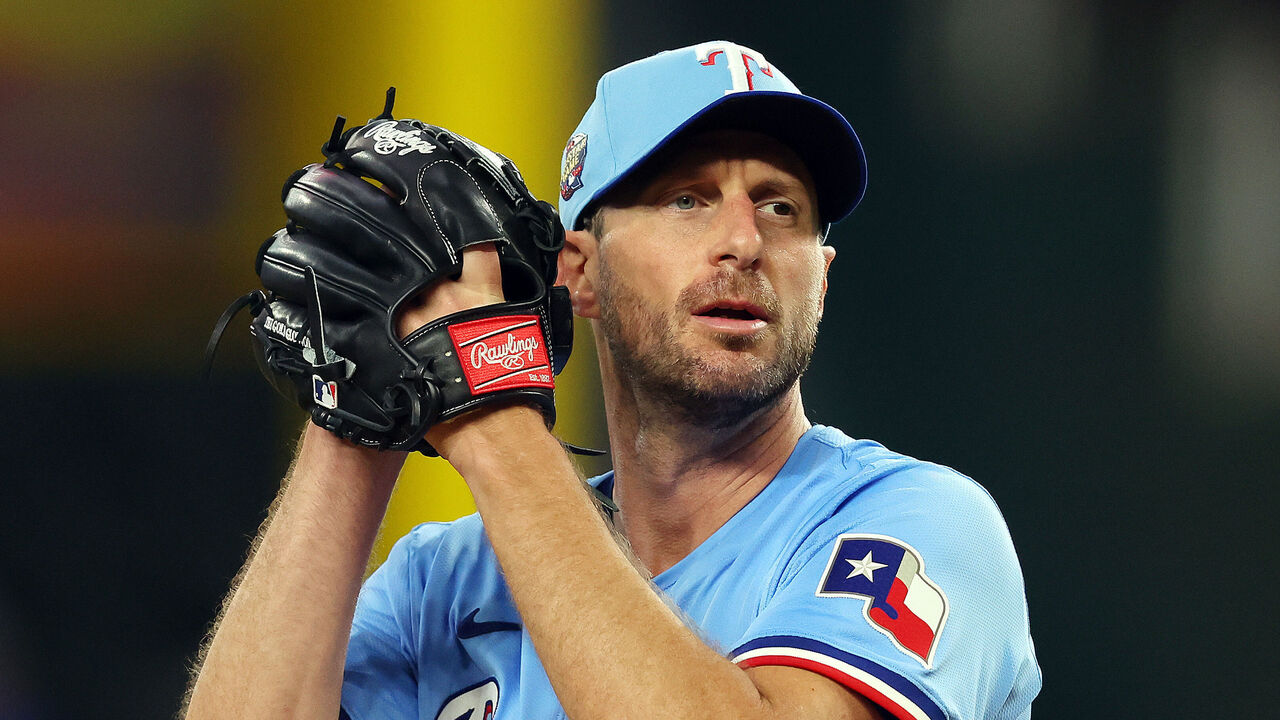
Every team is searching for pitching depth, and the Jays need it with question marks beyond their top four starting pitchers.
The average of the FanGraphs projections have Scherzer finishing as a 2.0 WAR pitcher in 2025, with a K-BB% approaching 20%, well above league average. If he hits that projection, the signing will prove to be a steal.
Is it enough?
Add all these player additions together and subtract the projected value of players shed from the roster this offseason, and the Blue Jays net an improvement of 8.2 wins above replacement for 2025, according to FanGraphs' Steamer projections.
The pre-existing roster was projected to improve by 8.9 fWAR. Bo Bichette, Alejandro Kirk, José Berríos, and Will Wagner account for the majority of that (5.0 fWAR).
Combining those internal and external improvements, we arrive at an improvement of 17 wins compared to Toronto's 2024 finish. That would put the Jays at around 91 wins in 2025.
Some projections won't be that bullish. PECOTA forecasts 84.6 wins for Toronto, good for third in the AL East and a game and a half behind Seattle for the final wild-card berth.
Contending for a division title in the tough AL East will be difficult, but the Jays have improved enough to push for a wild card as Guerrero and Bichette head toward free agency in 2026.
Travis Sawchik is theScore's senior baseball writer.